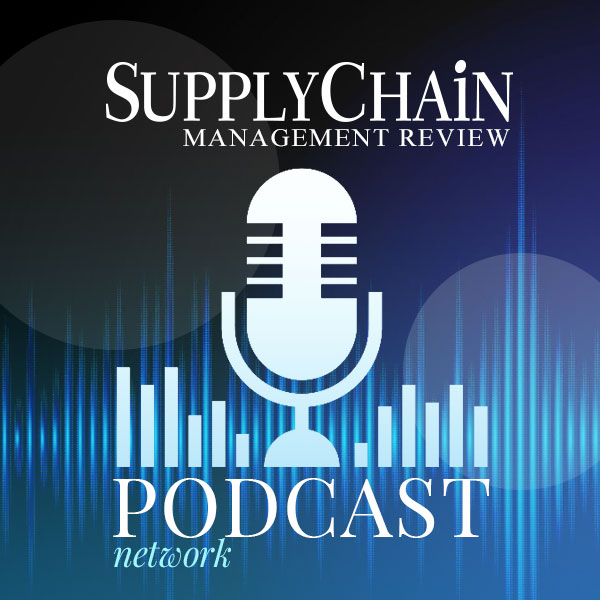 Editor's Note: When the “Humanitarian Supply Chain” panel convenes at USC's 7th Annual Global Supply Chain Excellence Summit in August, one of the more engaging speakers will be Susy Schöneberg, Head of Flexport.org
Editor's Note: When the “Humanitarian Supply Chain” panel convenes at USC's 7th Annual Global Supply Chain Excellence Summit in August, one of the more engaging speakers will be Susy Schöneberg, Head of Flexport.org
Earlier this year, she told us about another notable new partnership formed recently between Flexport.org and MedShare, which leverages reverse logistics to recycle medical supplies and equipment.
MedShare has gained a new level of visibility into their supply chain, ensuring that critical goods will reliably reach their destinations, no matter how remote.
“We recently joined MedShare to send off one of their containers to the Philippines,” she says. “This container, managed by Flexport, will treat 12,500 patients in need at the Indigenous People's Hospital.”
In this exclusive interview, Ms. Schöneberg shares her insights on the current state of this industry segment.
Supply Chain Management Review: What are the greatest challenges you are facing this year?
Susy Schöneberg: Recently, more extreme weather events means aid is needed in unexpected and unpredictable areas, often places with unique logistics infrastructure challenges. When we work with new nonprofit partners during a disaster response, we are learning about their key pain points and discussing solutions while actively executing shipping programs. Because these relationships are new and we don't always have infrastructure built out on the routes needed, it is difficult to change processes as effectively as if we were to collaborate and prepare in advance. The better our combination of technology, physical infrastructure and human expertise gets, the better we'll be able to handle unexpected situations.
SCMR: What kind of innovations are being employed to prevail over those challenges?
Schöneberg: Flexport's platform and offering is made possible by a unique combination of technology, infrastructure and expertise. Through the use of technology, we streamline communications and automate shipping processes. This allows us to respond quickly and simplify coordination. We know that we can't solve humanity's biggest challenges by ourselves which is why we believe in partnerships - for example, with organizations implementing programs. Our platform allows all parties involved in a program are aligned and that important information gets organized and stored. In order to increase control over certain parts of the humanitarian aid supply chain, we also invest in logistics infrastructure such as warehouses. Lastly, we put a strong emphasis on human interactions and expertise. Our teams constantly listen to humanitarian aid organizations and customers to identify problem areas and learn about the latest issues these orgs are dealing with. With Flexport.org, we have a dedicated team that is exclusively working on solving environmental and social challenges.
SCMR: How are you promoting your efforts, and getting the word out?
Schöneberg: Through our communication, we want to highlight how everyone can use logistics as a positive force for social and environmental impact as well as showcase the great work that is being done by the organizations that we support. We mainly use social media and our blog to share updates.
SCMR: How can humanitarian logistics attract new talent to the discipline?
Schöneberg: We believe that technology should be used to solve complex challenges, which attracts employees from a variety of backgrounds. This brings together different perspectives, allowing us to not only develop innovative solutions but also to provide learning opportunities. At Flexport, we also believe that social and environmental issues are closely linked. By thinking more broadly about humanitarian logistics, we attract people with different experiences and interests.
SCMR: What kind of humanitarian crises are you concerned about in the future?
Schöneberg: As indicated, crises are becoming more complex. “Complex emergencies”, those in which there is both a manmade and natural component such as conflict over water scarcity or a medical crisis and conflict are particularly concerning because they limit access to the people affected by the disaster. Also, given the increasingly volatile weather, we're seeing more incidents of extreme climate events which further endanger people around the world - especially those living in poverty already.
We are also concerned about current crises that are under-resourced and are not getting the attention that they need. These include the conflicts in Syria, Yemen, the Sahel and Libya, the Ebola outbreak and conflict in the Democratic Republic of Congo, the humanitarian crisis in Venezuela and the migrant crisis at the US-Mexico border. Even today, many aid appeals remain unfunded. We hope that new ways of collaboration and visibility empower organizations to unlock additional budget to tackle increasingly complex crises.
SC
MR


Latest Supply Chain News
- Survey reveals strategies for addressing supply chain, logistics labor shortages
- Israel, Ukraine aid package to increase pressure on aerospace and defense supply chains
- How CPG brands can deliver on supplier diversity promises
- How S&OP provides the answer to in-demand products
- AI, virtual reality is bringing experiential learning into the modern age
- More News
Latest Podcast

 Explore
Explore
The Academy News
- AI, virtual reality is bringing experiential learning into the modern age
- Predicting stockouts: Enhancing FMCG resilience through data-driven insights
- Finding the Right Approach for Supply Chain Education
- The Supply Chain Triad
- Innovating Supply Chain Higher Education with Generative AI
- How Smart Supply Chain Management Boosts Brand Identity
- More The Academy
Latest Academy Resources

Subscribe

Supply Chain Management Review delivers the best industry content.

Editors’ Picks





